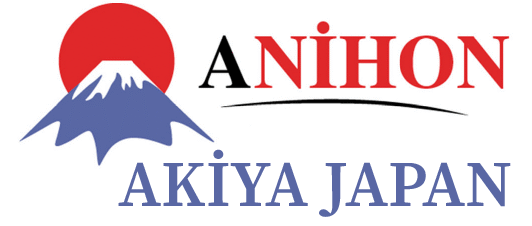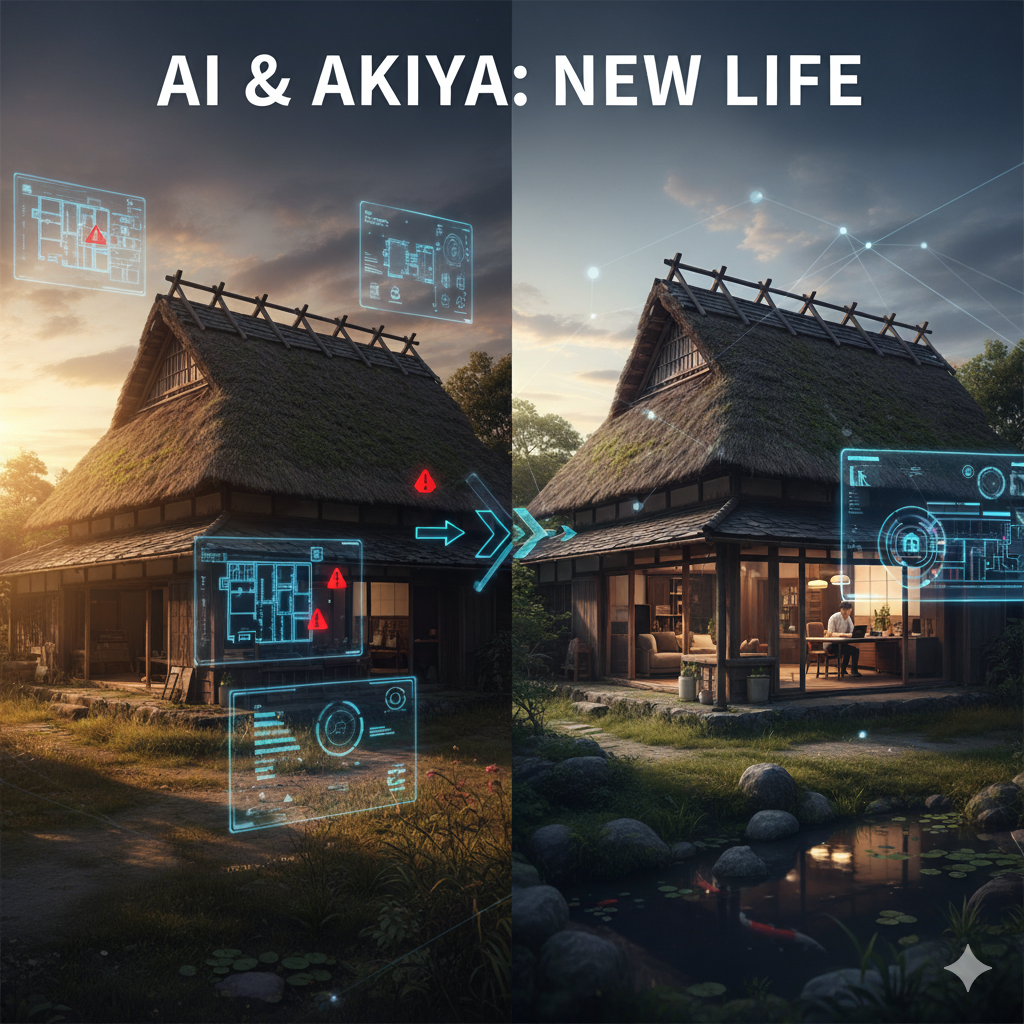AI and Technology Solutions for the Akiya Problem: Breathing New Life into Abandoned Homes
One of the most significant social and economic challenges facing Japan, particularly in rural and sometimes urban areas, is the rising number of abandoned houses known as Akiya. Due to reasons like an aging population, youth migration to cities, and complex inheritance laws, these traditional homes are left vacant and eventually fall into disrepair. However, rapidly evolving Artificial Intelligence (AI) and other modern technologies are offering groundbreaking solutions to preserve this cultural heritage and revitalize their economic potential.
The Akiya Problem: Why It Matters
Akiya aren’t just collections of empty buildings; they are valuable cultural treasures reflecting Japan’s architectural history, craftsmanship, and sustainable way of life. Abandonment of these homes leads to:
- Loss of Cultural Heritage: The disappearance of traditional construction techniques and designs.
- Economic Loss: Decreased property values and missed potential investment opportunities.
- Safety and Environmental Issues: Dilapidated structures posing a danger and reducing the area’s attractiveness.
To tackle these challenges, innovative approaches offered by technology are coming into play.
1. AI-Powered Visualization and Renovation Planning
One of the biggest drawbacks of Akiya is that potential buyers or investors often can’t form a clear idea of renovation costs and processes when they see the home’s current condition. This is where Generative AI makes a huge difference:
- Photorealistic Renovation Models: AI can use photos of an old or damaged Akiya to create stunning, photorealistic visualizations of how the home could be adapted to modern comforts or different lifestyles (e.g., boutique hotel, remote work hub). This makes it easier for potential buyers to envision the home and increases its appeal.
- Virtual Tours (VR/AR): Virtual and Augmented Reality technologies allow users to tour an Akiya from anywhere in the world. AI enhances these tours by allowing the user to layer in the renovated version of the house or experiment with furniture placement.
2. Smart Data Aggregation and Matching Platforms
The Akiya inventory is often fragmented, incomplete, and spread across multiple local government bodies. This makes it difficult for buyers to find suitable homes and for sellers to reach the right target audience:
- Akiya Aggregator Apps: AI can collect data from various local “Akiya Banks” and real estate sites, predict missing information (e.g., photos, floor plans), or integrate natural disaster risks with map layers.
- Semantic Search and Matching: While traditional search engines focus on region or price, AI-powered semantic search allows users to describe their preferences using natural language (e.g., “A house with a large garden, suitable for remote work, that preserves the traditional Japanese style”). AI matches these descriptions with the most relevant Akiya.
- Valuation and Risk Analysis: Machine Learning (ML) models analyze numerous factors—location, age, damage level, and renovation potential—to offer estimated renovation costs and property values faster and more accurately than standard appraisal methods.
3. Smart Management and Preservation
Even after an Akiya is purchased, maintenance and management challenges can persist, especially if the owner lives far away:
- Remote Condition Monitoring (IoT): Internet of Things (IoT) sensors can be placed in vacant or abandoned homes to continuously monitor critical data points like humidity, temperature, pest infestation (especially termites), and structural movement.
- Predictive Maintenance: These IoT data are analyzed by AI algorithms to predict what maintenance is needed before a major fault or damage occurs. For instance, high humidity readings can warn against the risk of mold formation, allowing for preventive action.
Future Impact
The solutions AI and technology bring to the Akiya problem mean much more than just filling empty homes. These solutions:
- Revitalize Local Communities: Reusing Akiya brings new residents, new businesses (tourism, remote work centers), and economic activity to rural areas.
- Sustainability: Restoring existing structures is more sustainable and environmentally friendly than new construction. AI can maximize this impact by designing renovation plans that boost energy efficiency.
- Global Interest: AI-powered translation and visualization tools make Akiya accessible to international buyers and investors, potentially generating a wave of global interest.
In conclusion, the Akiya problem is a complex challenge with deep social and demographic roots. However, Artificial Intelligence and modern technologies have the potential to turn this problem from an obstacle into a great opportunity—one that preserves Japan’s cultural heritage and breathes new life into its rural regions.

